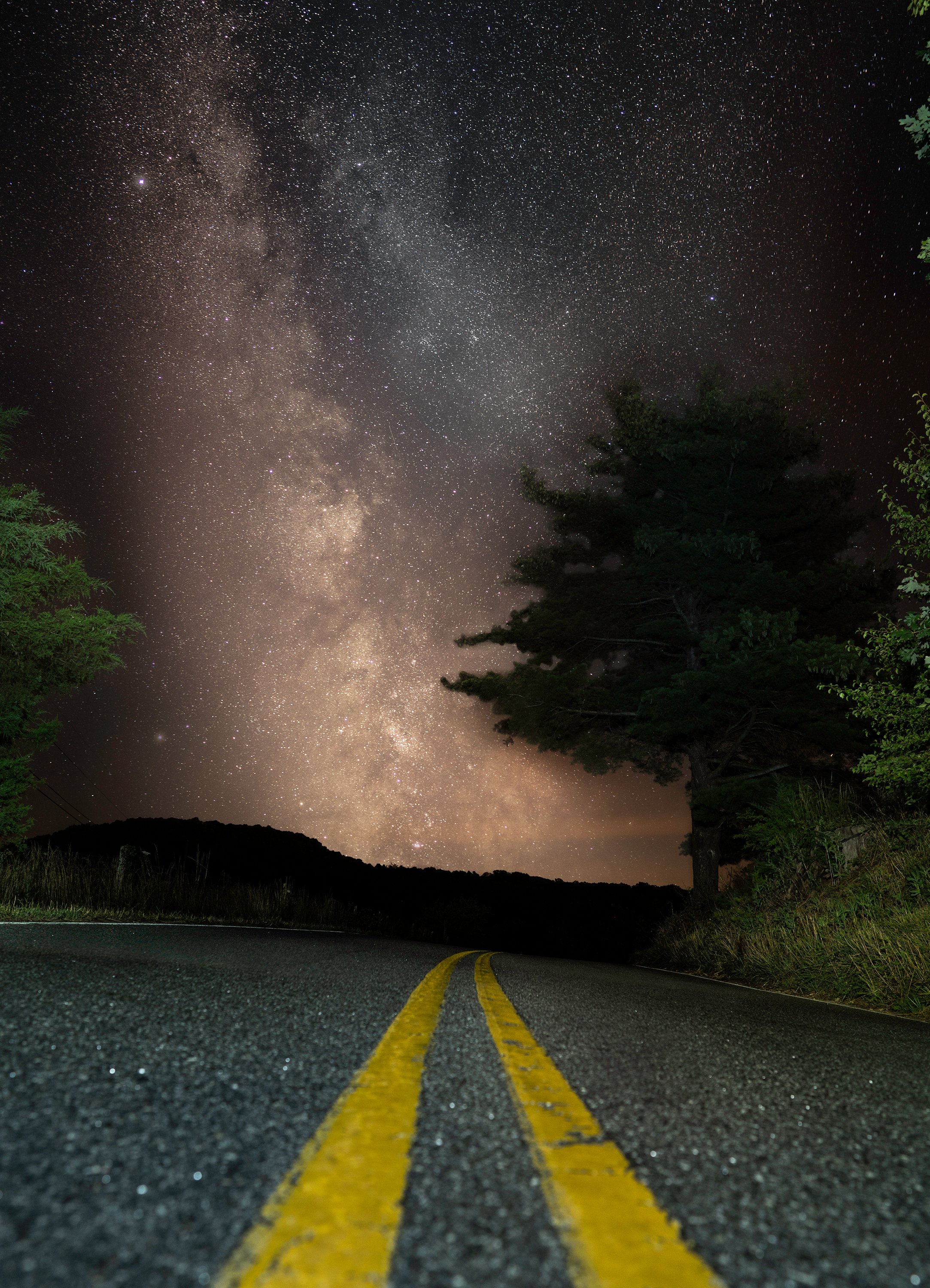Astrophotography
In June, after a gruesome wait, I finally received my Sony 24mm F1.4 GM lens. An incredibly fast prime with impressive resolving capabilities, this lens is built for Astrophotographers. The glass is capable of incredible landscape images as well, with a minimum aperture of f/16. The focus of this post, however, is strictly astrophotography.
Most astrophotographs I’ve taken with this lens are shot at f/1.4. I haven’t noticed substantial vignetting when shooting wide open during the day, so I’m comfortable maxing out the aperture at night. The lens has two precision XA (Extreme Aspherical) elements that dramatically reduce sagittal flare (stars appearing as ‘x’s’ in the photograph).
All things considered, I am extremely impressed with this lens. It’s so fast that I can easily pull focus on stars near solar midnight. More so, the LVF provides a decent rendition of the image. For Sans Hiver and Chavis Ascending, I used the “star-stacking” method: I took several hundred 30 second exposures at a 2 second interval, and stacked the photos as layers in photoshop. The result is a seamless star trail image, but I have the benefit of editing the individual “frames” to remove headlights, clouds, and other obstacles. Additionally, this method allows me to create a time-lapse from the captured images using the LRTimelapse software.
Sans Hiver, a photo in the Across the Commonwealth series. Prints available here.
Chavis Ascending. Prints available here.
Road to the Heavens. Prints available here.


